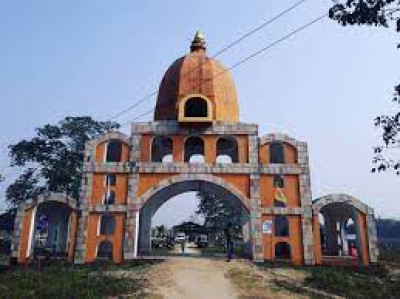Habung, located in present-day Dhemaji district of Assam, holds a unique place in the annals of Assamese history as the capital of the Ahom kingdom. When Chao Lung Sukapha, the founder of the Ahom dynasty, entered Assam in 1228 AD, he initially settled in this fertile region on the banks of the Brahmaputra River.
Historical Background
The earliest reference to Habung comes in the 10th century copper plate grant of Ratnapala of the Pala dynasty, when it was a province (visaya) of the Kamarupa Kingdom with Brahmin settlements.
After crossing the Patkai hills and entering the Brahmaputra Valley, Sukapha chose Habung due to its fertile lands, strategic location, and the presence of settled tribes engaged in agriculture. Here, he established friendly relations with the local population, introduced wet-rice cultivation, and began the early foundations of Ahom administration.
Though Sukapha later shifted his capital to Charaideo, which became the symbolic seat of the Ahom kingdom, Habung remained historically important as the launching pad of Ahom political, social, and cultural influence in Assam.
Where is Habung?
Habung is located near present-day Lakhimpur and Dhemaji districts, often associated with the region between Sadiya and Dibrugarh. The area is dotted with ancient ruins, temples, and archaeological remains, bearing testimony to its historical significance.
Cultural & Historical Significance
-
First site of Ahom–tribal integration in Assam
-
Early adoption of agriculture, administration, and diplomacy
-
Key transitional zone for Ahoms before establishing permanent control over the Brahmaputra valley
-
Precursor to the rise of the powerful Ahom dynasty that ruled Assam for over 600 years

